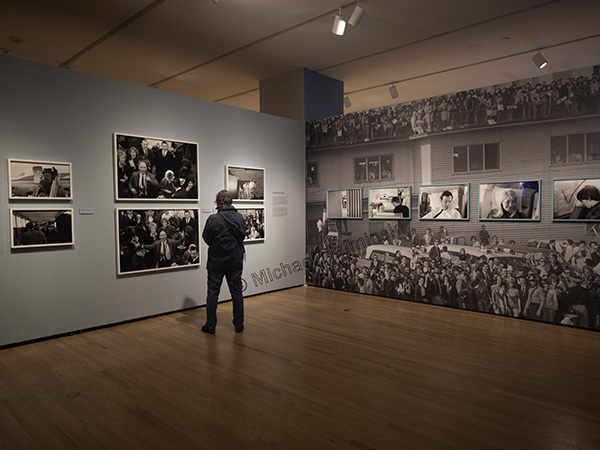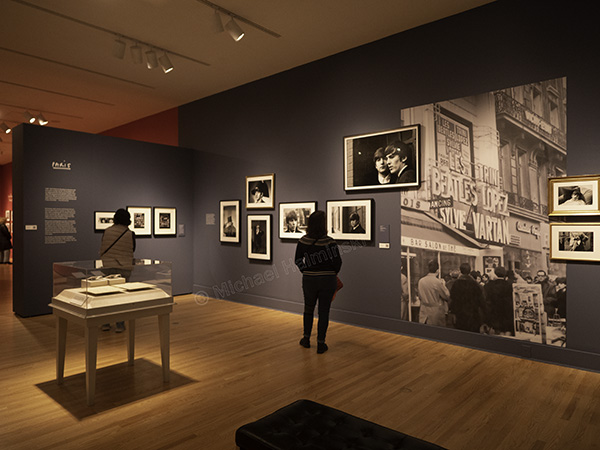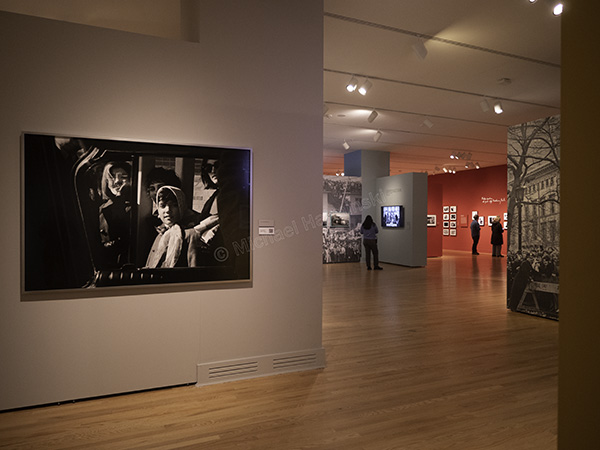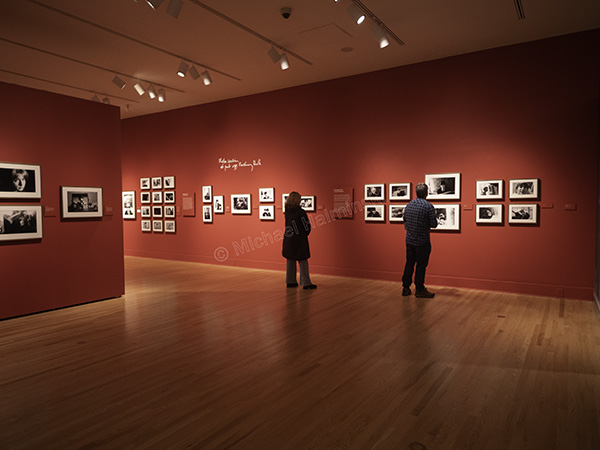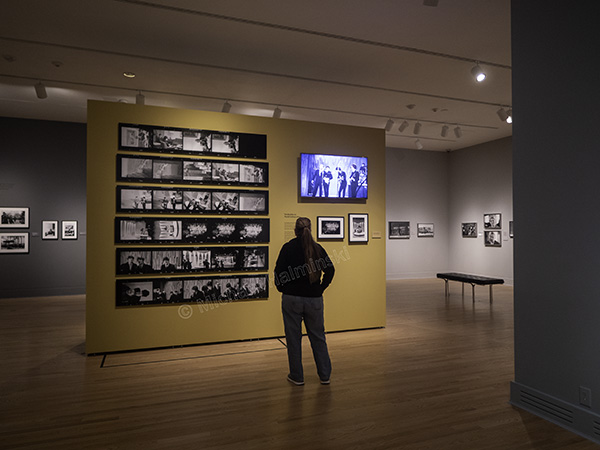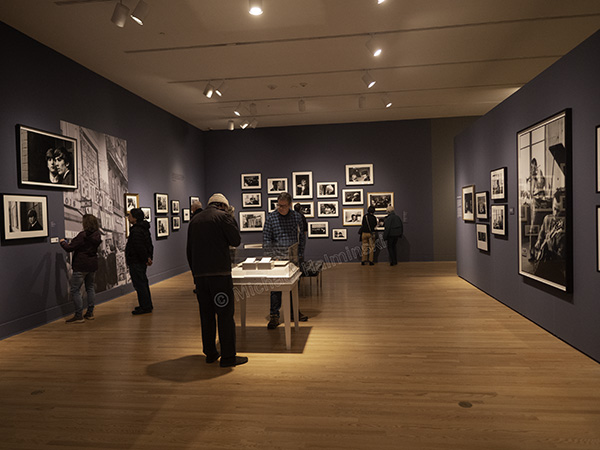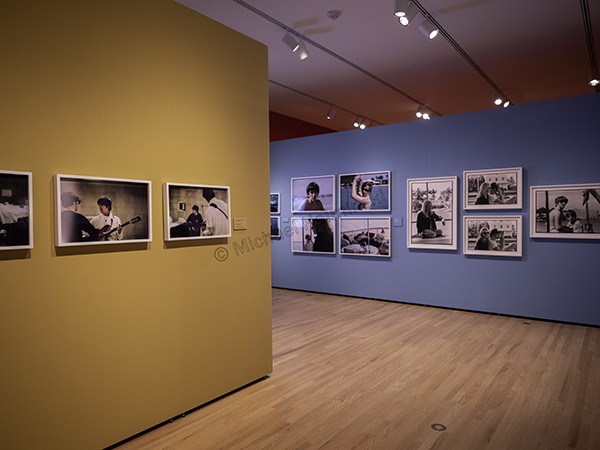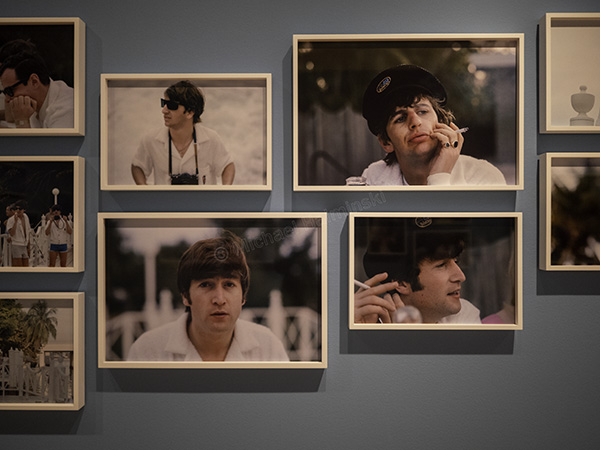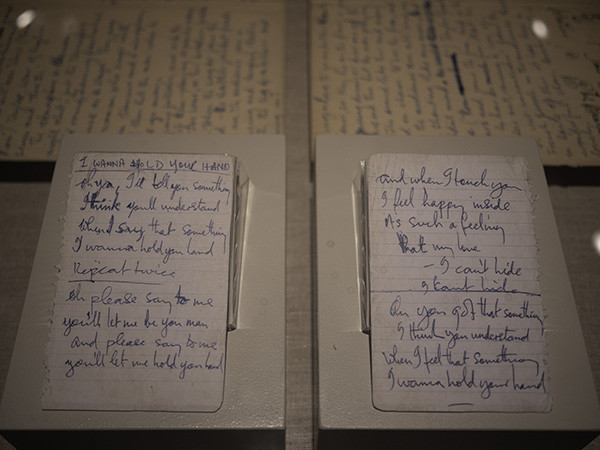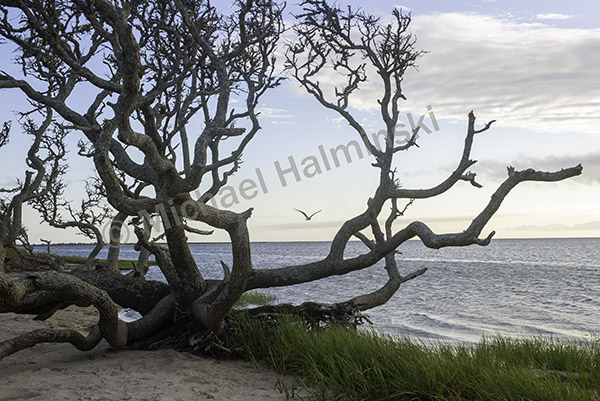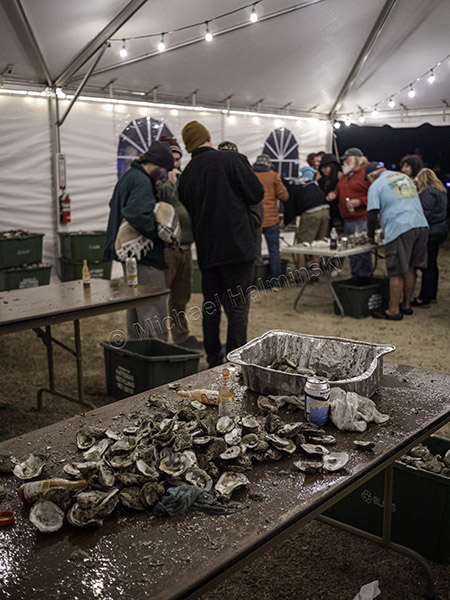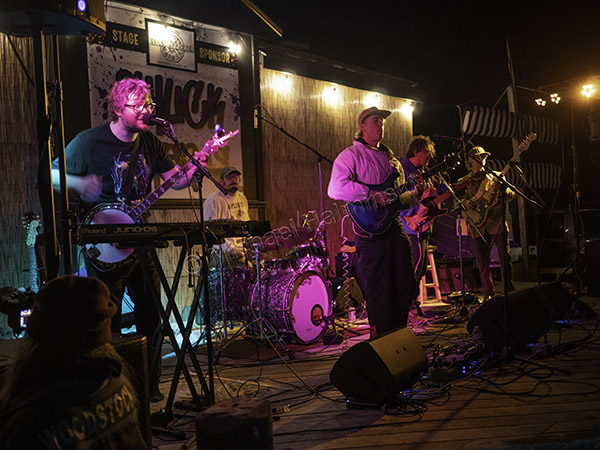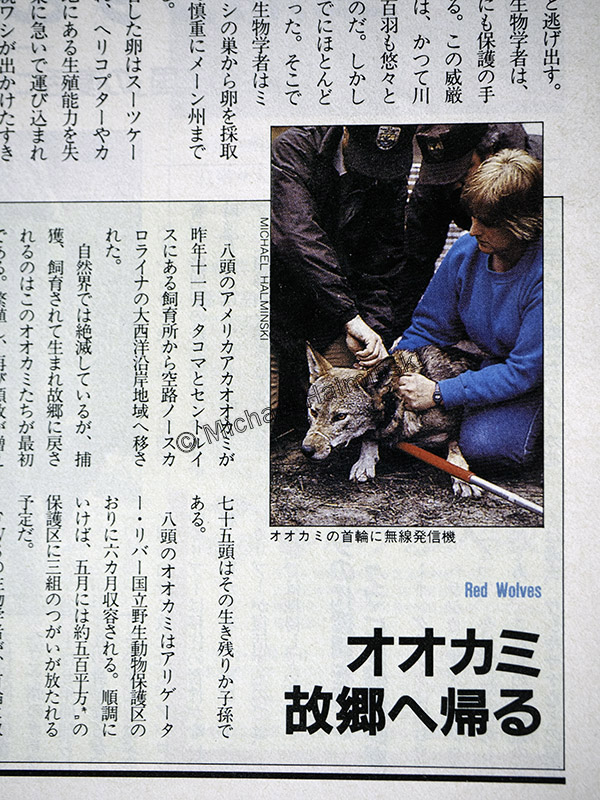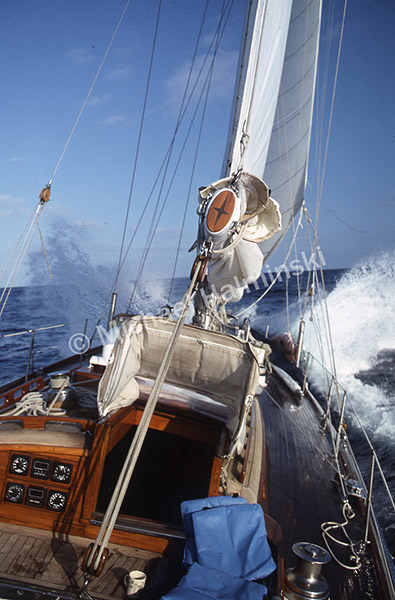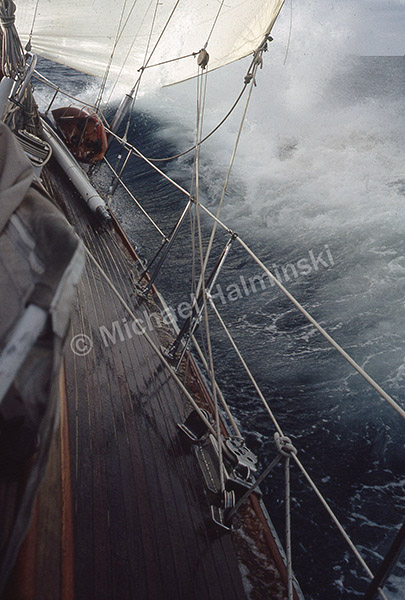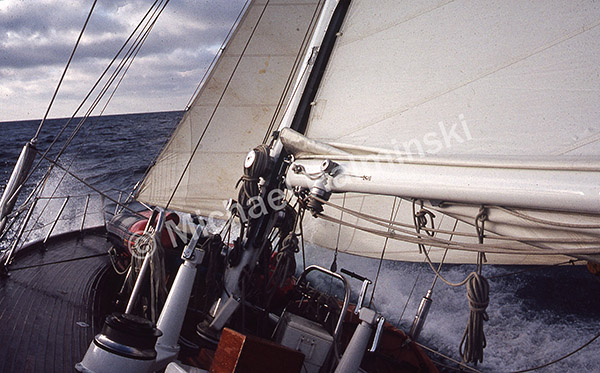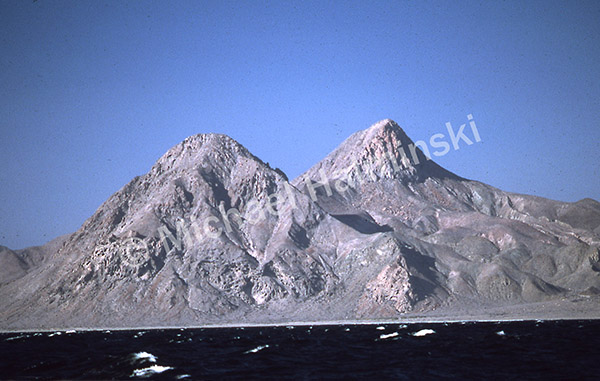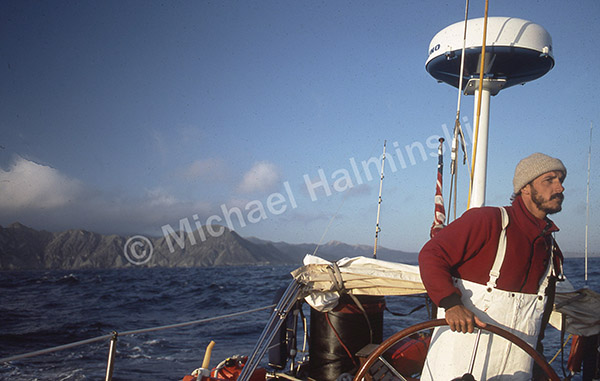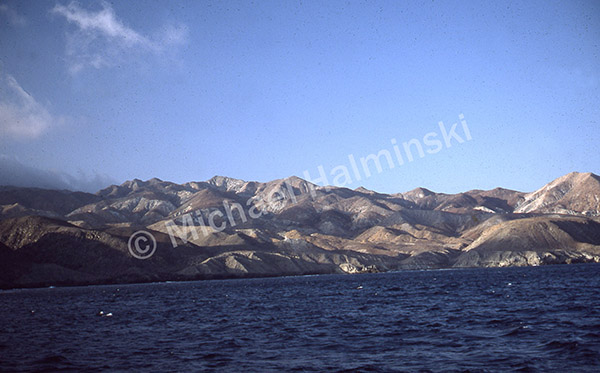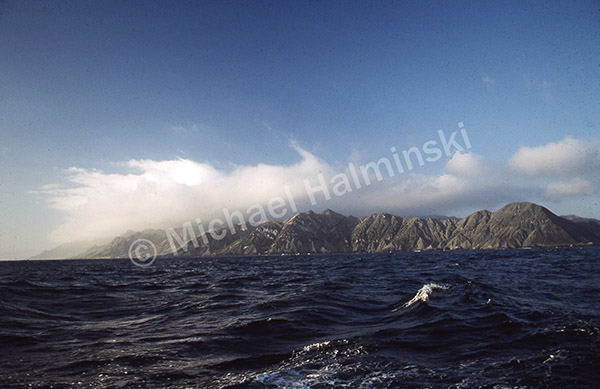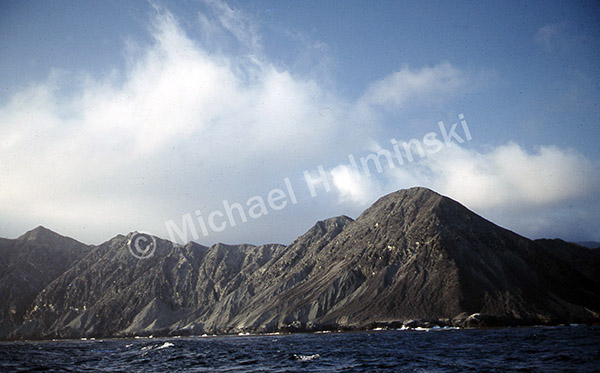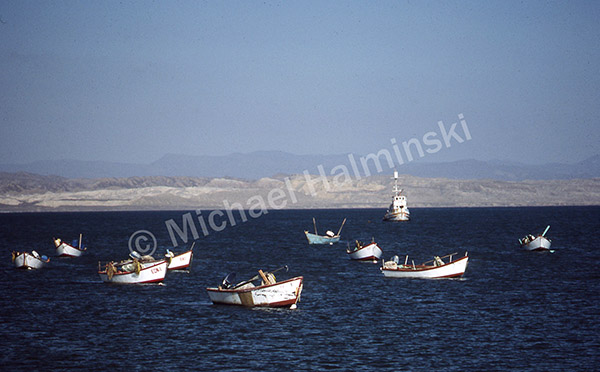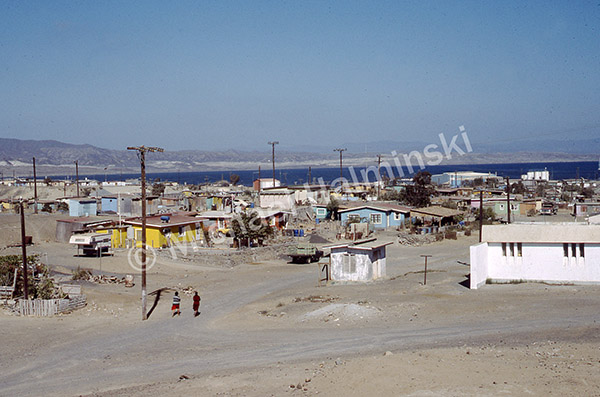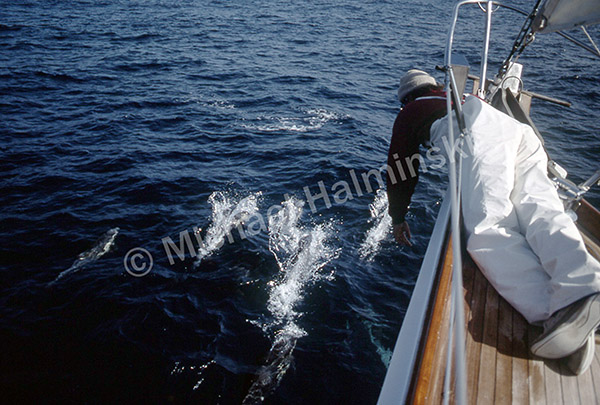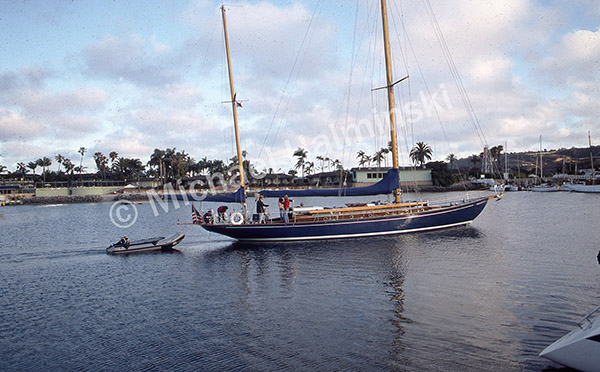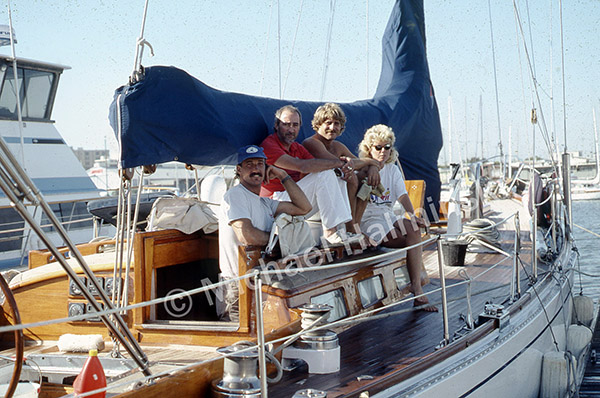Beatlemania came December of 1963 when I heard I Wanna Hold Your Hand on an AM radio station in Northern Virginia. On a snowy evening my dad was selling Christmas trees to help raise funds for our Little League as my brother and I sat in a ’58 Volkswagen beetle, radio blaring… waiting for him to close down for the night. I was 14 and unbeknownst to us, a new era in popular music was beginning. The Beatles were taking America by storm.
Paul McCartney used a Pentax to document events that would unfold as his band toured, playing for frantic fans. The film he shot was stored away and forgotten until recently.
The Chrysler Museum of Art in Norfolk, Virginia is featuring McCartney’s 1963-1964 archives for the first time ever in America. Opened December 5, the exhibit runs through April 7.
There are 250 prints on display throughout several rooms.
Living through this era, the photographs evoked fond memories from my teens.
Could Paul McCartney have become a great photojournalist? Probably, but I’m glad he chose music.
The spacious exhibit area leaves one in a print wonderland. Once you take in certain rooms, it’s easy returning to another.
I liked the mural-sized contact sheet showing Paul’s take on The Ed Sullivan Show.
My favorite was a small 2-frame section made directly from a 35mm paper contact sheet. The original negatives were lost. His intimate portrait of John Lennon blew me away.
Most of the exhibit was richly printed in black and white.
A number of images were made from color transparencies.
Also on display are documents, including hand-written lyrics of the song that started it all.
To learn more about this outstanding exhibit go to:



